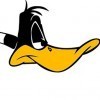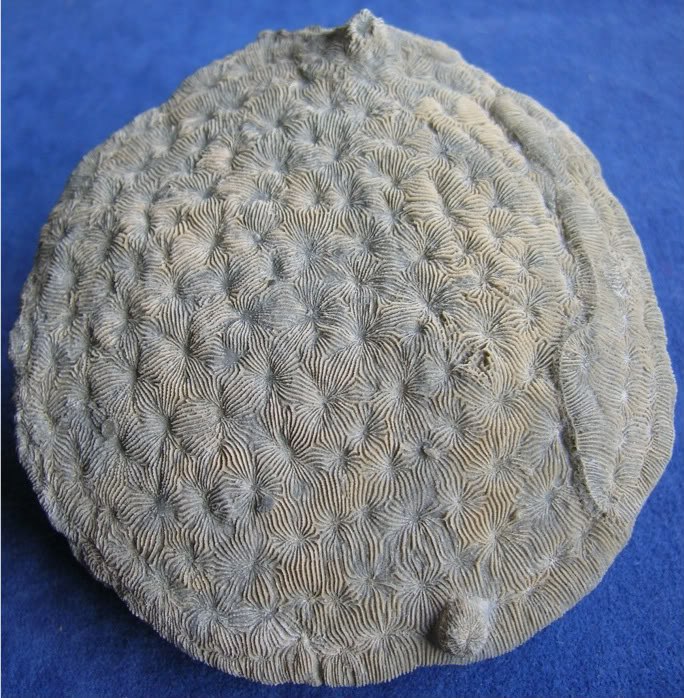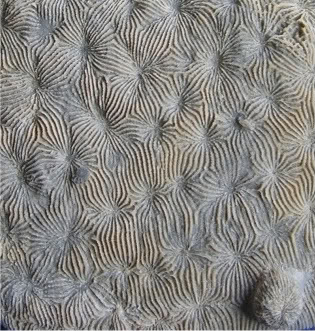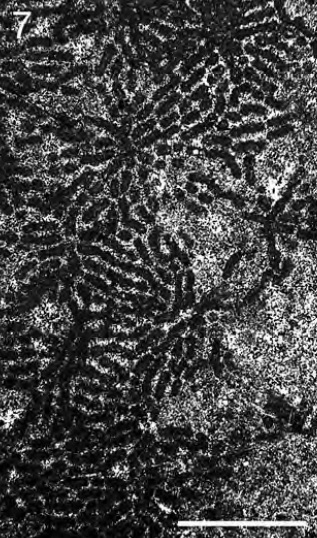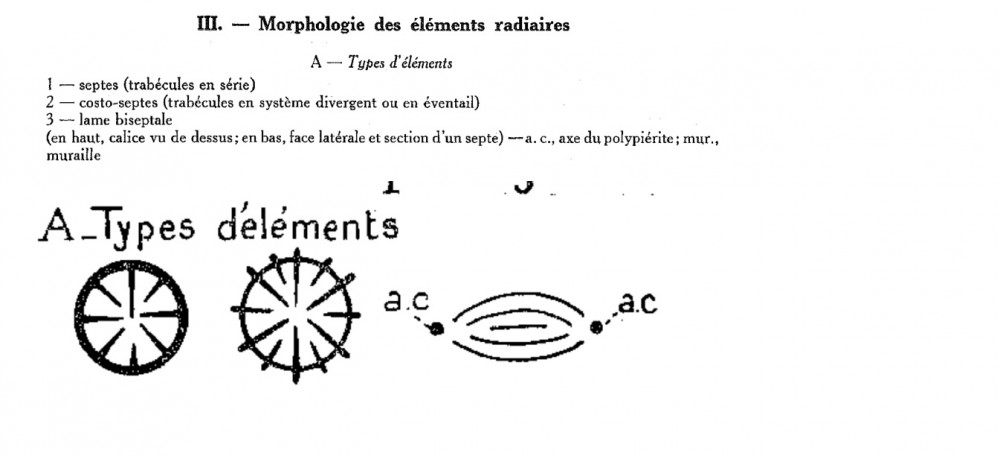Por si le sirve de algo.
Son más antiguos que el suyo pero nunca se sabe. Y no hay nada de Francia, sólo España.
http://rabida.uhu.es/dspace/handle/10272/6167
http://www.sociedadgeologica.es/archivos/REV/13(2)/Art11.pdf
http://www.ingurumena.ejgv.euskadi.eus/u95aWar/lugaresJSP/U95aSubmitLugar.do?pk=16259&u95aMigasPan=EN,1,3,1,300;L,2,16474,018;H,2,1092,016;L,2,13671,016;
http://www.ingurumena.ejgv.euskadi.eus/r49-u95/es/contenidos/informacion/lig/es_def/adjuntos/048.pdf
http://wzar.unizar.es/perso/emolina/pdf/Molina1999BSGF.pdf
https://dialnet.unirioja.es/descarga/articulo/2915965.pd
https://strata.fr/communications/limite-paleocene-eocene.html




